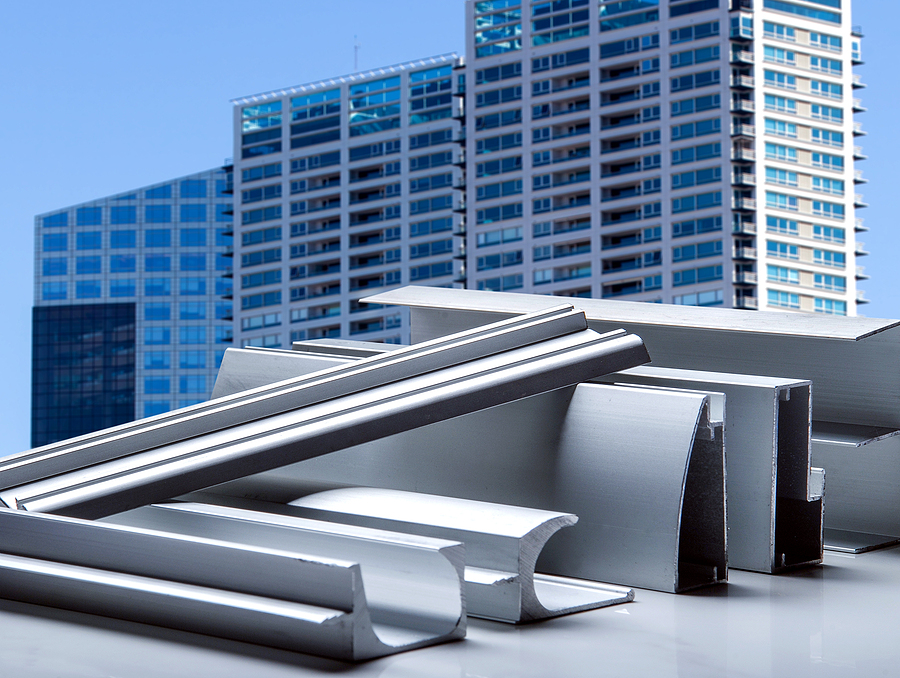Because of its inherent utility and focus on strength, box profile sheets have a particular industrial aesthetic, and alongside its use in commercial buildings where only its strength relative to its light weight truly matters, it has also inspired many great works of architecture as well.
Easily the most frequented example of a corrugated iron roof in the UK, and potentially the world, is the famous corrugated arched roof of Paddington Station in London.
According to an Office of Road and Rail report, over 59m people entered and exited Paddington Station between April 2022 and March 2023, which meant that they were sheltered by the historic and iconic Paddington Station roof, a masterpiece of iron arches, curved glass and corrugated iron.
Even after extensive restorations, the corrugated iron has endured, and the reason for this is down to its architect, the legendary engineer Isambard Kingdom Brunel.
Of his many design and engineering feats, Paddington Station is one of his last and greatest, with a mix of practicality and flourish, prefabrication and ornate design, aided by architect Matthew Digby-Wyatt.
The two main points of inspiration for Mr Brunel were Crystal Palace, the site of the Great Exhibition and a sign of the future of iron and glass construction, and the development of corrugated iron.
Specifically, the 40-foot corrugated roof of one of the larger sheds of the London Dock Company, which was self-supported and an engineering marvel of the era, caused the popularity of corrugated iron to spread across the country.
However, Mr Brunel was taken not only by its practicality but also the look of the wavy metal, and its use would be just as iconic as the arches and glass that immediately catch the eye of visitors.
Whilst there has been an extensive refurbishment of Paddington Station in the decades since, the corrugated aesthetic has remained and highlights the longevity and lasting appeal of corrugated iron.





